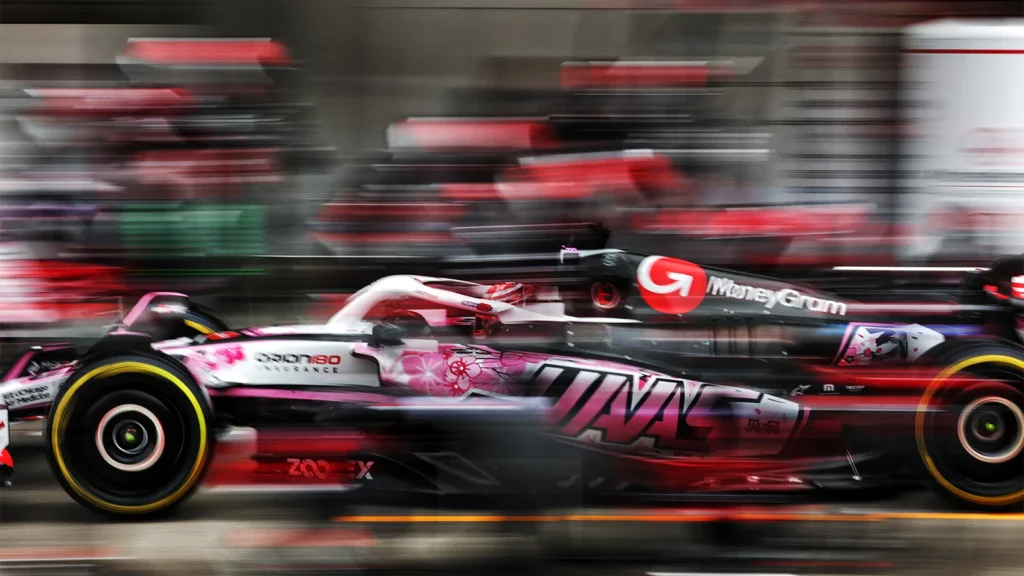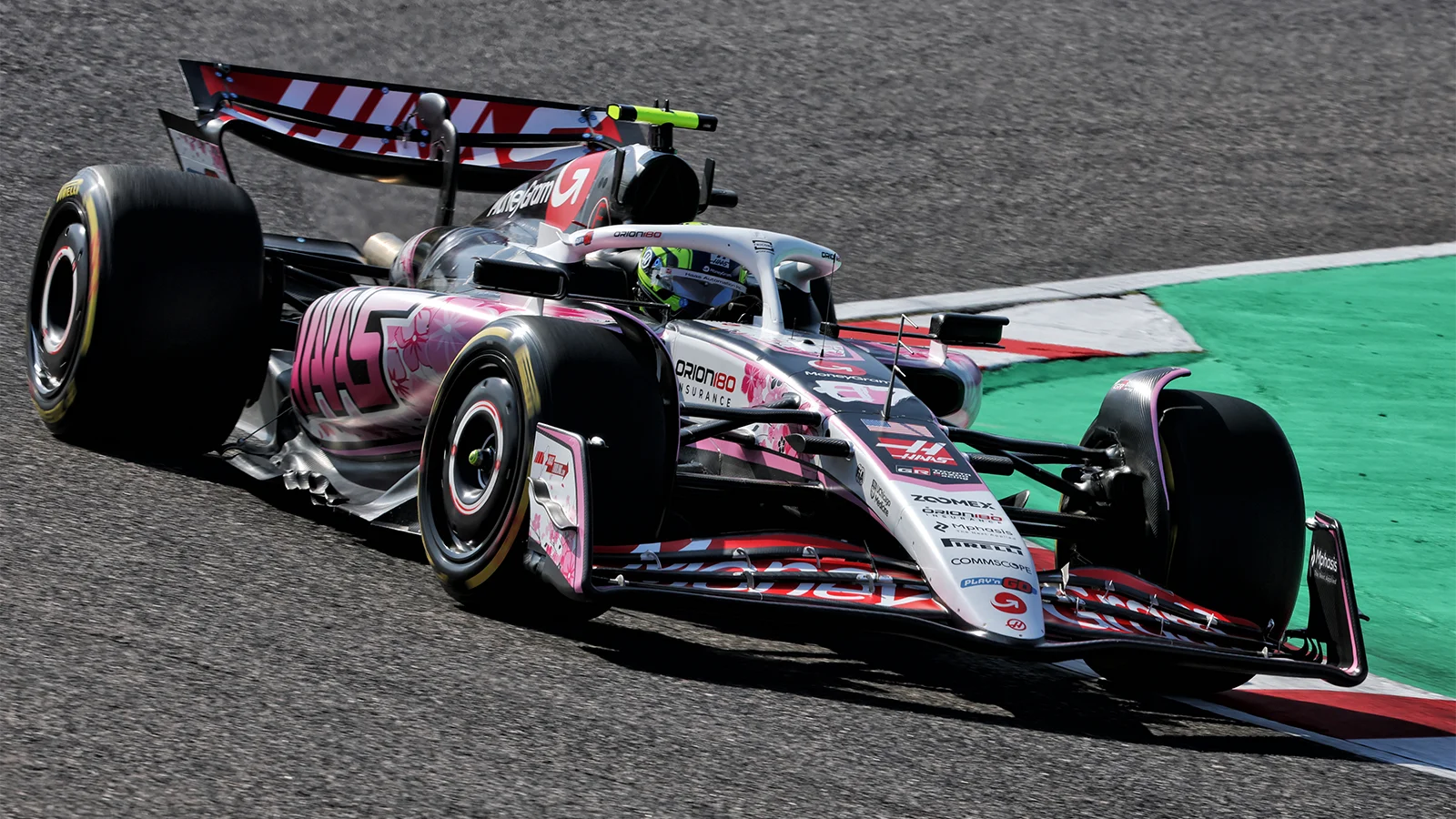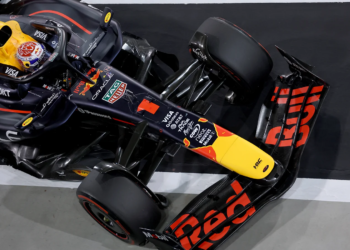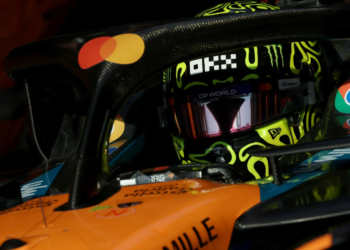Haas experienced mixed fortunes with its fast-tracked floor upgrade at the Formula 1 Japanese Grand Prix at Suzuka.
At the season-opener in Australia, Haas was rooted to the bottom of the timesheets with the rest of the field enjoying a margin over the multi-national outfit that would have caused concern.
The VF-25 had a major weakness exposed, high-speed cornering.
This wasn’t an issue next time out in Shanghai as both Oliver Bearman and Esteban Ocon scored points in China, but the high-speed corners of Suzuka prompted action.
As a result, Haas fast-tracked a new floor to Suzuka to avoid a Melbourne repeat, and it looked to have worked – partly.
Bearman, who had the new floor from first practice, made a shock Q3 appearance in qualifying, which he converted into a single point, something that the pundits may not have predicted.
Meanwhile, Ocon, who received the new floor spec on Saturday, qualified and finished in 18th.
“Yeah, for me it seems positive, so I’m happy with that,” Bearman told select media including Motorsport Week.
“The team have done a great job bringing it so quickly after the upset of Australia.
“So I think we did a great reaction, and for it to work as expected is a good feeling. And, yeah, let’s see how it performs on the rest of the tracks that we have in this triple header.”
Haas was plagued by aero oscillations but by forcing its new floor into an extreme setup Friday afternoon with Bearman, it found answers to its issues, and a refined setup on Saturday guided the young Briton to a strong result.
“For me, we just had a little bit less bouncing in those high-speed corners, which, anyway, I feel like I’m not super sensitive to,” Bearman said.
“So, with or without the floor, I don’t complain that much about bouncing.,” Bearman said.
“I’m used to F2, which doesn’t have suspension, essentially, so, you know, anything’s an upgrade. And, yeah, the floor has definitely improved the bouncing, and it doesn’t really change the feeling for us, but it allows us to run the car a bit more aggressively and get a bit more performance out of it, which is good.”

Ocon didn’t note improvement with Haas floor upgrade
Ocon didn’t see the improvement Bearman noted, saying post-race, “we’re still lacking four to five tenths, I think.
“I think it’s good overall that the teams managed to bring this update this quickly and react this quickly.
“It worked on one car, which is very good. We need to pick that up, understand the data from all sides and it’s good that [Bearman’s] managed to pick up a point.
“We are very happy on that side now, it’s just a matter of turning it into our car as well. No doubt that this will come too.”
Haas Team Principal Ayao Komatsu talked through the set-up tweaks made to both drivers’ cars on Friday before putting Ocon on the same spec and set-up as Bearman on Saturday.
“We equalised the car on the Friday night,” he said.
“So we pushed the car in FP1, but we didn’t see the clear difference [between floors], but we pushed it further in FP2, and then we saw it straight away.
“So we had to, let’s say, go one step back on Esteban’s car on Friday FP2, so that proved that new floor was having a positive impact, making a difference on Friday night, so we put Esteban on a brand new floor, with the upgrade, so they had the same spec.”
Moreover, Komatsu discredited the notion that Ocon’s deficiencies were down to him not having the new floor on Friday, saying “[It’s] definitely not about getting used to it. No.
“The data’s pretty clear, it’s working, so we haven’t understood why Esteban couldn’t perform,” Komatsu added.
“Yeah, there’s both cars, as far as we can see, are performing very close to each other, within the resolution of what we can measure.
“Not to say there might be something that we cannot measure, but so far we haven’t found anything.”
READ MORE – Haas explains reasoning behind accelerating revised floor to F1 Japanese GP









